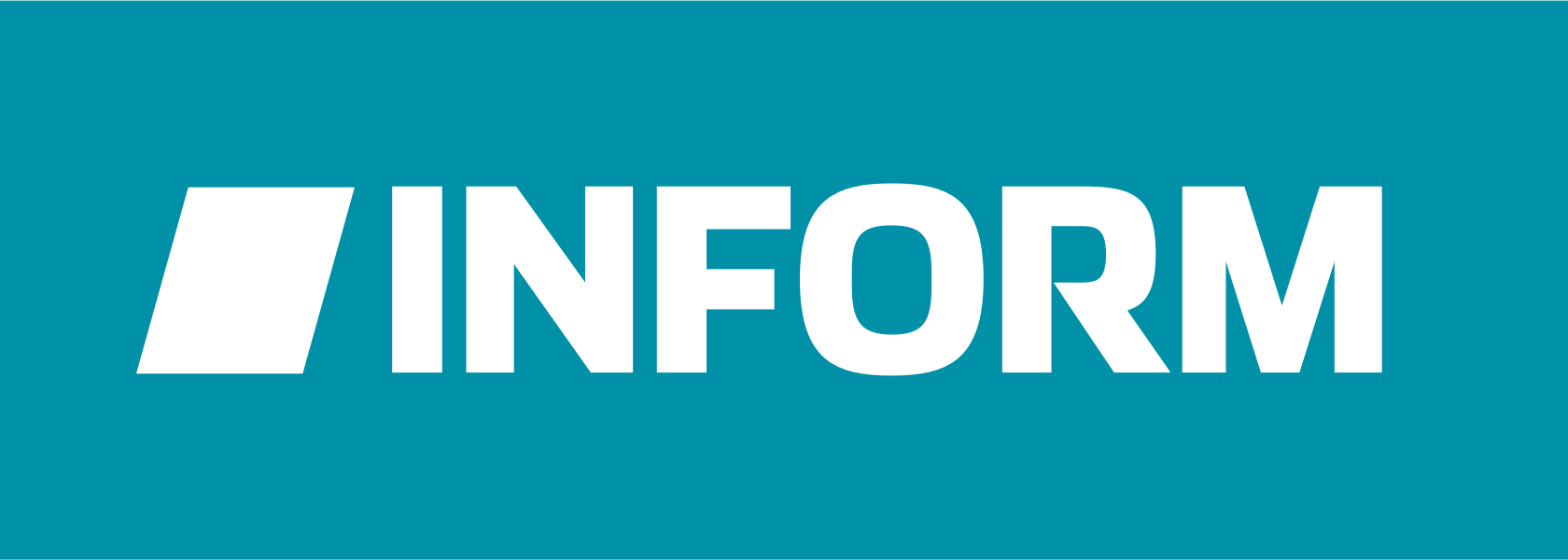
How much time and/or other resources do you have to prepare for the event? All in-person events require time and planning.Do you want attendees to interact with one another to share information and ideas, or only with the sponsor? If attendees want to interact with one another, then the event should allow for small group conversations and interaction.How many attendees are you expecting? Smaller numbers of attendees allow for more flexibility in the design of the in-person event and can provide for more interaction among attendees.What is the purpose or goal of the event? Purpose or goal should always drive your choice of tool.If you determine that you should have an in-person event to provide information to the public, consider the following questions when selecting your tools. In most cases, you will need to use multiple tools to effectively reach all audiences. When working with smaller groups involved in consensus-building efforts, you are more likely to use in-person and hands-on types of communication. However, in some settings trust in mass media is lacking and internet access problematic, so other ways of reaching the public may be more appropriate.
#Inform it full
When trying to inform a large group of people or an entire community, you may need to rely more on mass media and the internet to ensure full access to information. Your choice of tool will also be influenced by the number of involved stakeholders or participants and the specific location or point in the decision process.

In extremely low trust situations, you might want to consider partnering with a trusted third party individual or group to help create and distribute information. What are the public’s preferences for receiving information?Ī low-trust situation may call for an entirely different tool than one where trust is abundant.


In selecting and designing tools to inform, it is important to consider the following: Are there communication vehicles or media outlets that are considered to be more trustworthy than others and that would be good vehicles for sharing information?.Are there types of communication that will not work with the target audiences?.What is the literacy level of the community? Will they understand the information you are trying to convey?.Are there multiple languages in the community? How will you accommodate these languages?.What forms of information are more likely to resonate with the target populations and therefore be most effective?.What existing communication networks are available to share information?.However, when considering which public participation tools to use, you need to be mindful of the unique cultural attributes of the communities the sponsor agency serves and select the tools accordingly. Tools to inform involve a wide variety of venues and approaches. In fact, one of the most popular tools to inform, the public meeting, is actually one of the least effective in that it reaches very few stakeholders and is often not designed to meet the needs of those who are present. Stakeholders do not have to be physically present for inform tools to work well.

These tools take many forms and are applicable to all levels of public participation. Tools to inform the public include techniques that you can use to provide members of the public with the information they need to understand the project, the decision process, and also to provide feedback on how public input influenced the decision. Foundational Skills, Knowledge, and Behaviors.The Right Level of Public Participation.


 0 kommentar(er)
0 kommentar(er)
